How Workplace Culture Can Enable Harassment
Workplace harassment doesn’t just appear out of nowhere. It thrives when power goes unchecked, reporting systems fail, and speaking out feels like a risk rather than a right. Many organizations have policies to prevent harassment, but those policies often fall short when the culture itself enables harmful behavior. It thrives in environments where power is unchecked, reporting mechanisms are weak, and cultural norms discourage speaking out.
At Crew Janci LLP, we have seen how institutional cultures can create conditions that allow harassment, and even sexual abuse, to persist. Understanding these dynamics is critical to fostering workplaces where employees feel safe, respected, and empowered to report misconduct.
Five Cultural Factors That Enable Workplace Harassment
1. Power Imbalances and Fear of Retaliation
Many instances of workplace harassment occur when individuals in positions of power exploit their authority over others. Employees may fear retaliation if they speak up, whether in the form of job loss, demotion, exclusion from opportunities, or damage to their reputation.
Example: The U.S. Equal Employment Opportunity Commission (EEOC) reports that retaliation is the most frequently filed charge, comprising 56% of all charges filed in fiscal year 2020. When retaliation is common, employees are discouraged from coming forward, further entrenching a culture of silence.
2. Normalization of Inappropriate Behavior
In many workplaces, harassment is not immediately recognized as a serious issue because inappropriate behavior has been normalized. Whether it’s sexist jokes, unwanted advances, or verbal abuse, if misconduct is routinely ignored or downplayed, it sends the message that such behavior is acceptable.
Example: In many corporate settings, offhand comments, sexist jokes, or inappropriate touching are often brushed off as “just part of the culture”, especially in male-dominated industries like finance or tech. For instance, the #MeToo movement exposed how widespread and normalized inappropriate behavior was at companies such as Uber, where employees reported a pattern of misconduct that went unaddressed for years.
3. Lack of Clear Reporting Mechanisms
A lack of effective reporting structures contributes to harassment going unchecked. If employees don’t know where or how to report misconduct, or fear their complaints won’t be taken seriously, they are far less likely to come forward.
Best Practice: Organizations must establish anonymous reporting channels and ensure swift, transparent investigations to address allegations appropriately.
4. Failure to Hold Perpetrators Accountable
When organizations fail to act on complaints, they send a clear message: harmful behavior will be tolerated. This lack of accountability allows harassers to operate with impunity, leaving employees feeling unsafe and unheard. When misconduct is met with minimal or no consequences, it reinforces a culture where those who cause harm feel protected.
Example: At Fox News, multiple high-profile allegations of sexual harassment, including those involving Roger Ailes and Bill O’Reilly, highlighted how a corporate culture that protected powerful figures allowed misconduct to continue unchecked. Even when complaints were raised, internal silence and inaction perpetuated the harm. This demonstrates the importance of swift and transparent accountability in preventing systemic abuse.
5. Gender Disparities and Discriminatory Practices
Workplaces where gender inequality is prevalent often see higher instances of harassment. When leadership positions are predominantly occupied by men, and women or marginalized groups face systemic biases, it creates an environment where misconduct is more easily tolerated.
Statistics: The EEOC found that women filed 78.2% of the 27,291 sexual harassment charges received between FY 2018 and FY 2021 (Cited above in point 2). Addressing gender imbalances in leadership and fostering inclusive workplace policies can help combat this issue.
Five Ideas for Creating a Culture That Prevents Workplace Harassment
1. Leadership Accountability
Leaders set the tone for workplace culture. Companies must ensure that executives and managers actively enforce anti-harassment policies and model appropriate behavior. True cultural change starts from the top, and when leadership takes harassment seriously, the rest of the organization is more likely to follow.
Strategies:
-
- Set Clear Expectations: Leaders should communicate a zero-tolerance policy for harassment and model respectful behavior.
-
- Regular Training: Ensure leaders participate in training to recognize and address harassment.
-
- Performance Metrics: Incorporate adherence to ethical standards into performance evaluations.
2. Comprehensive Training
Training is not just about checking a box, it’s about shifting attitudes and fostering awareness. Employees at all levels need to be educated not just on what harassment looks like, but also on the nuances of power, privilege, and appropriate workplace interactions.
Strategies:
-
- Interactive Workshops: Use real-life scenarios to educate employees on recognizing and preventing harassment.
-
- Customized Programs: Tailor training to address specific industry challenges and workplace dynamics.
-
- Continuous Education: Implement ongoing training sessions rather than one-time programs.
3. Empowering Bystanders
Bystanders play a powerful role in stopping harassment before it escalates. When employees feel confident stepping in or reporting what they see, it disrupts the cycle of silence that allows harmful behavior to continue. Employees should be trained to recognize inappropriate behavior and understand how to intervene safely.
Strategies:
-
- Bystander Training: Educate employees on how to intervene safely and support colleagues.
-
- Supportive Environment: Foster a culture where employees feel responsible for each other’s well-being.
-
- Recognition Programs: Acknowledge and reward employees who take action against harassment.
4. Strengthening Reporting Systems
Reporting systems must be accessible, confidential, and trusted. If employees believe their complaints will be ignored or lead to retaliation, they’re unlikely to come forward. Building robust systems for reporting helps expose problems early and gives organizations the opportunity to act before issues escalate.
Strategies:
-
- Anonymous Reporting: Implement systems that allow employees to report issues without fear of exposure.
-
- Clear Procedures: Develop straightforward reporting protocols that are communicated to all staff.
-
- Third-Party Hotlines: Utilize external services to handle complaints impartially.
5. Enforcing Consequences
Policies are only meaningful if they’re enforced. When misconduct is addressed swiftly and fairly, it reinforces trust and accountability. Organizations that fail to follow through on discipline send a dangerous message that harassment is tolerated.
Strategies:
-
- Consistent Enforcement: Apply disciplinary actions consistently across all levels of the organization, regardless of position.
-
- Transparent Outcomes: While maintaining confidentiality, communicate that action has been taken to reinforce trust in the process.
-
- Restorative Practices: Consider restorative approaches where appropriate, alongside traditional discipline, to promote healing and accountability. Workplace policies must be consistently enforced. When allegations are substantiated, organizations must take decisive action to discipline offenders and prevent repeat behavior.
Workplace harassment is not just about individual misconduct, it’s about the culture that enables it. By addressing power imbalances, enforcing accountability, and fostering a culture of respect and inclusion, organizations can create safer environments for all employees.
If you or someone you know has experienced workplace harassment and needs legal guidance, Crew Janci LLP is here to help. We offer a trauma-informed support model that prioritizes your well-being throughout the entire process. Contact us today for a confidential consultation.
Contact us in Oregon today!
9755 SW Barnes Road, Suite 430, Portland, Oregon 97225 (888) 407-0224 info@crewjanci.com For any questions, Submit Our Confidential Form.
Empowering Change
Related Resources
are here to guide and empower you or someone you care about.
Don’t face this alone.































